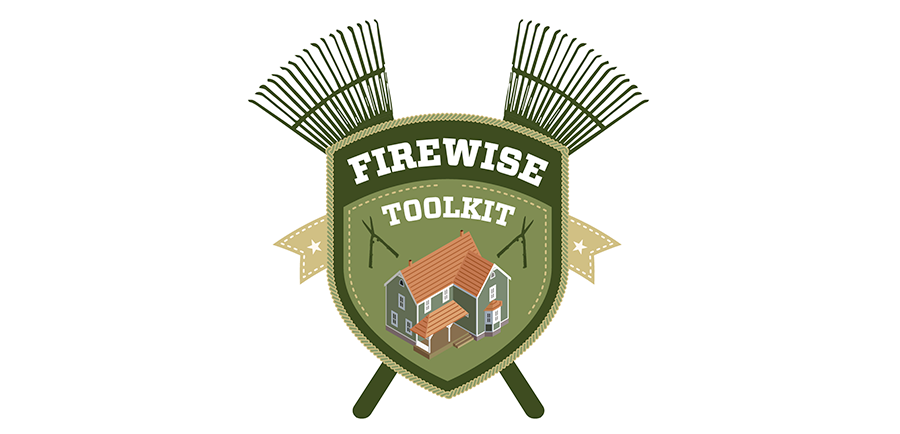The following information is abbreviated content available from the National Fire Protection Association (NFPA):
Protect Lives and Property
Every year, as devastating fires burn across the United States, a growing number of people are living in areas where wildfires are a real risk. While these fires will continue to happen, there are things you can do to protect your home and neighborhood as well as your family’s safety.
NFPA® has found that in many cases of home destruction during wildfires, the homes were more flammable than the surrounding brush and trees. By taking action now, before a fire starts, you can increase your chances of having an ignition-resistant home and community.
During a wildfire, firefighting resources are limited, and firefighters must often make quick decisions on which homes they can work on defending. Implementing Firewise® actions at your home will increase the chances that firefighters will be able to try and protect your property.
Homeowners can and must take primary responsibility for wildfire safety actions around the home. According to fire science research, individual efforts do make a difference even in the face of a wildfire. The Firewise Communities Program provides homeowners with simple and easy steps to help reduce a home’s wildfire risk by preparing ahead of a wildfire. These steps are rooted in principles based on solid fire science research into how homes ignite. The research comes from the world’s leading fire experts and research organizations whose experiments, models, and data collection are based on some of the country’s worst wildland fire disasters.
The following are Firewise® principles and tips that serve as a guide for residents:
When it comes to wildfire risk, it is not a geographical location, but a set of conditions that determine the home’s ignition potential in any community.
Wildfire behavior is influenced by three main factors: topography (lie of the land), weather (wind speed, relative humidity, and ambient temperature) and fuel (vegetation and man-made structures).
In the event of extreme wildfire behavior, extreme weather conditions are normally present, like extended drought, high winds, low humidity, and high temperatures, coupled with excess fuel build up including the accumulation of live and dead vegetation material. Additionally, the area’s topography influences the fire’s intensity and rate of spread.
Of these three factors, FUEL IS THE ONLY ONE WE CAN INFLUENCE.
A home’s ignition risk is determined by its immediate surroundings or its “home ignition zone” and the home’s construction materials.
According to fire science research and case studies, it’s not where a home is located that necessarily determines ignition risk, but the landscape around it, often referred to as the “home ignition zone.” The home ignition zone is defined as the home and its immediate surroundings up to 100 feet (30 m). The Firewise Communities Program provides tips for reducing wildfire risk based on the home ignition zone concept.
Residents play a major role in protecting their lives and property.
Your home ignition zone extends up to 100 feet – and it’s quite common to have neighbors whose home ignition zone overlaps yours. Once a structure is engulfed in flames, it could ignite other structures located less than 100 feet away. In addition, many communities have commonly owned property, including natural or wooded areas that can pose fire risks to all. This means that to be most effective, neighbors need to work together and with their local fire service to achieve greater wildfire safety. Together, community residents can work with agencies and elected officials to keep families safe and reduce homeowners’ risk for wildfire damage.
Take a pro-active step. Enroll your HOA as a Firewise® community!
Firewise® is a program of the National Fire Protection Association, a U.S.-based international nonprofit organization devoted to eliminating death, injury, property, and economic loss due to fire, electrical, and related hazards. The association publishes more than 300 consensus codes and standards intended to minimize the possibility and effects of fire and other risks. The codes and standards are administered by more than 250 technical committees consisting of approximately 9,000 volunteers.
Learn more: www.nfpa.org/Public-Education/Fire-causes-and-risks/Wildfire/Firewise-USA

